Home>Furniture & Design>Bathroom Accessories>How To Take Ice Bath Without Bathtub
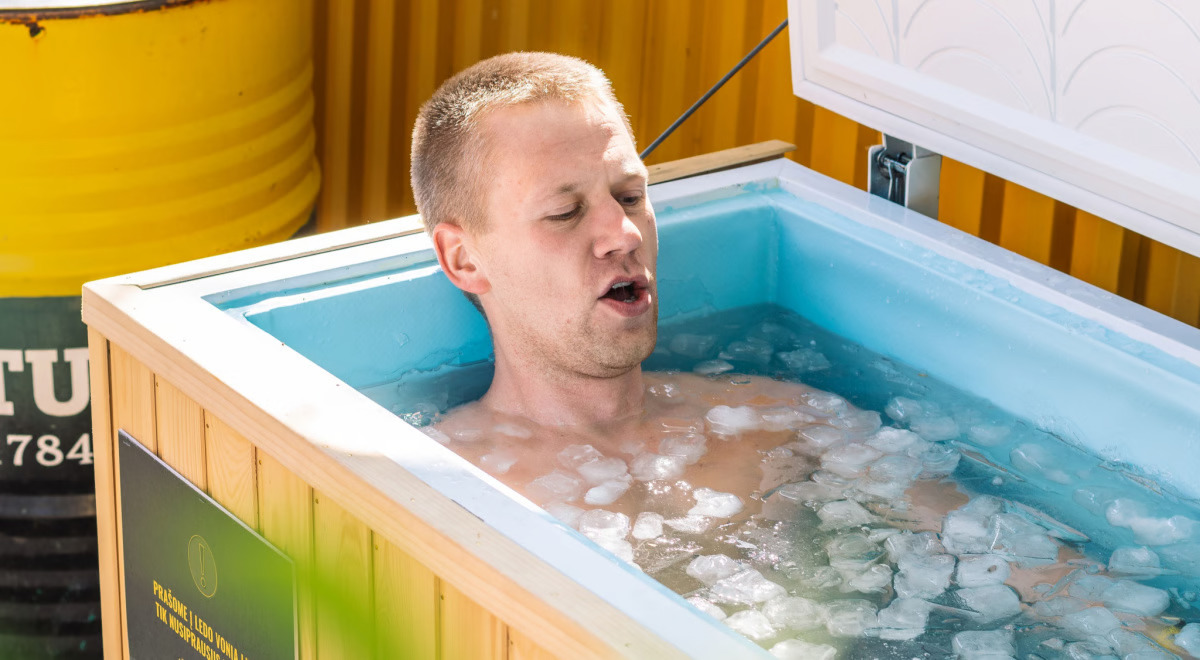

Bathroom Accessories
How To Take Ice Bath Without Bathtub
Published: February 17, 2024
Learn how to take an ice bath without a bathtub using bathroom accessories. Discover effective methods for a refreshing and invigorating experience.
(Many of the links in this article redirect to a specific reviewed product. Your purchase of these products through affiliate links helps to generate commission for Storables.com, at no extra cost. Learn more)
Introduction
Are you intrigued by the idea of reaping the benefits of an ice bath but don't have access to a traditional bathtub? Fear not, as there are alternative methods that allow you to experience the rejuvenating effects of an ice bath without the need for a bathtub. Whether you're an athlete seeking muscle recovery, or simply someone looking to invigorate your body and mind, this article will guide you through the process of taking an ice bath without a bathtub.
The practice of immersing oneself in cold water has been embraced for centuries, with cultures around the world recognizing its therapeutic properties. From reducing muscle soreness and inflammation to enhancing circulation and mental clarity, the benefits of cold water immersion are well-documented. While the traditional method involves submerging oneself in a bathtub filled with ice water, not everyone has access to this setup. However, with a bit of creativity and resourcefulness, you can still enjoy the revitalizing effects of an ice bath using alternative methods.
In the following sections, we will explore the benefits of taking an ice bath, discuss alternative methods for achieving this experience without a bathtub, and provide a step-by-step guide to help you prepare and immerse yourself in cold water. Additionally, we will cover post-ice bath recovery and tips to maximize the benefits of this invigorating practice.
Whether you're an athlete, fitness enthusiast, or simply someone seeking a refreshing way to rejuvenate your body and mind, the information presented here will equip you with the knowledge and techniques to embark on your ice bath journey, even without a traditional bathtub. So, let's dive into the world of cold water immersion and discover how you can experience the transformative power of an ice bath, regardless of your living situation.
Key Takeaways:
- Reap the benefits of an ice bath without a bathtub by using alternative methods like large containers, cold water showers, natural water sources, cryotherapy chambers, and ice packs.
- Prepare for an ice bath without a traditional bathtub by selecting the vessel, securing ice and cold water, creating a comfortable environment, taking safety precautions, and mentally preparing for the experience.
Read more: How To Take A Bath Without A Bathtub?
Benefits of Taking an Ice Bath
Taking an ice bath, also known as cold water immersion, offers a myriad of benefits that extend beyond mere physical rejuvenation. The practice has gained popularity among athletes, fitness enthusiasts, and individuals seeking holistic wellness due to its remarkable impact on the body and mind. Here are the key benefits of incorporating ice baths into your wellness routine:
-
Muscle Recovery: One of the most renowned benefits of ice baths is their ability to expedite muscle recovery. After intense physical activity or strenuous workouts, muscles often experience micro-tears and inflammation. Immersing oneself in cold water helps constrict blood vessels, reducing swelling and flushing out waste products, thereby accelerating the healing process and alleviating muscle soreness.
-
Inflammation Reduction: Cold water immersion has been shown to effectively reduce inflammation throughout the body. The cold temperature constricts blood vessels, diminishing the flow of inflammatory substances to the affected areas. This can be particularly beneficial for individuals dealing with conditions such as arthritis or those recovering from injuries.
-
Enhanced Circulation: The shock of cold water triggers the body's natural response to maintain its core temperature, leading to increased blood flow and circulation. This can promote better oxygen delivery to tissues and organs, aiding in overall vitality and well-being.
-
Mental Clarity and Stress Relief: Immersing oneself in cold water can have a profound impact on mental well-being. The release of endorphins, often referred to as "feel-good hormones," can elevate mood and reduce stress. Additionally, the invigorating sensation of cold water immersion can provide a mental reset, fostering a sense of alertness and clarity.
-
Improved Athletic Performance: Athletes often turn to ice baths to enhance their performance and recovery. By minimizing muscle fatigue and soreness, ice baths can help athletes maintain peak physical condition and train more effectively.
-
Immune System Boost: Cold water immersion has been linked to a strengthened immune system. The body's response to cold exposure can stimulate the production of white blood cells, bolstering the body's defense against illnesses and infections.
-
Skin Rejuvenation: Cold water immersion can promote healthier skin by tightening pores and increasing blood flow to the skin's surface. This can contribute to a more vibrant and youthful complexion.
Incorporating ice baths into your wellness regimen can yield a multitude of benefits, ranging from physical recovery and enhanced performance to mental rejuvenation and overall well-being. Whether you're an athlete seeking to optimize your training or an individual looking to revitalize your body and mind, the transformative effects of cold water immersion make it a valuable practice for holistic health and vitality.
Alternative Methods for Taking an Ice Bath Without a Bathtub
If you don't have access to a traditional bathtub, fear not, as there are alternative methods that allow you to experience the rejuvenating effects of an ice bath. Here are several creative and effective ways to achieve the benefits of cold water immersion without the need for a bathtub:
Large Containers or Tubs
For those seeking a bathtub alternative, large containers or tubs can serve as excellent vessels for cold water immersion. Options such as plastic storage bins, inflatable kiddie pools, or even sturdy outdoor buckets can be utilized to create makeshift ice baths. Simply fill the container with cold water and add ice to reach the desired temperature. This approach provides a portable and versatile solution for experiencing the revitalizing effects of an ice bath.
Cold Water Showers
While not a traditional ice bath, cold water showers offer a convenient and accessible method for cold water immersion. By adjusting your shower to the coldest setting, you can expose your body to invigorating cold water, promoting similar benefits to those of an ice bath. The shock of cold water can stimulate circulation, reduce inflammation, and provide a refreshing experience without the need for a bathtub.
Read more: How To Bathe A Toddler Without A Bathtub
Natural Water Sources
For those with access to natural bodies of water such as rivers, lakes, or oceans, these environments present an opportunity for cold water immersion. Submerging oneself in natural bodies of cold water can mimic the effects of an ice bath, providing a refreshing and invigorating experience. It's important to exercise caution and ensure safety when utilizing natural water sources for cold water immersion.
Cryotherapy Chambers
Cryotherapy chambers offer a modern and controlled approach to cold water immersion. These specialized chambers expose the body to extremely low temperatures for a short duration, promoting rapid muscle recovery and overall well-being. While cryotherapy chambers may not be as readily accessible as other methods, they provide a highly efficient and impactful means of experiencing the benefits of cold water immersion.
Ice Packs and Cold Compresses
In situations where a full-body immersion is not feasible, targeted cold therapy using ice packs or cold compresses can deliver localized benefits. Applying ice packs to specific muscle groups or areas of discomfort can help reduce inflammation and alleviate soreness, offering a practical alternative to traditional ice baths.
By exploring these alternative methods, individuals without access to a bathtub can still partake in the rejuvenating practice of cold water immersion. Whether utilizing makeshift containers, natural water sources, or specialized cryotherapy chambers, there are various avenues to experience the transformative effects of an ice bath, regardless of traditional bathtub availability.
Preparing for an Ice Bath Without a Bathtub
Preparing for an ice bath without a traditional bathtub involves thoughtful consideration and strategic planning to ensure a safe and effective cold water immersion experience. Whether utilizing alternative vessels such as large containers or exploring natural water sources, the following steps will guide you through the preparation process for an ice bath without a bathtub.
Read more: How To Do A Sitz Bath Without A Bathtub
Selecting the Vessel
When opting for alternative containers or tubs to facilitate cold water immersion, it's essential to choose a vessel that accommodates your body comfortably. Large plastic storage bins, inflatable kiddie pools, or sturdy outdoor buckets can serve as viable options. Ensure that the chosen vessel is clean, stable, and capable of holding an adequate volume of water to cover the body when immersed.
Securing Ice and Cold Water
Gathering a sufficient amount of ice and cold water is crucial for achieving the desired temperature during the ice bath. Depending on the size of the vessel, procure enough ice to create a cold water temperature ranging from 50 to 59 degrees Fahrenheit (10 to 15 degrees Celsius). The addition of ice to the water will lower its temperature, providing the invigorating chill necessary for an effective ice bath.
Creating a Comfortable Environment
Preparing the surrounding environment for the ice bath experience is essential for maximizing comfort and safety. Choose a suitable location with ample space to accommodate the vessel and ensure stability. Additionally, consider the ambient temperature of the environment, as it can influence the overall experience. Select a well-ventilated area and avoid exposure to direct sunlight, as this can impact the temperature of the water.
Safety Precautions
Prior to immersing yourself in the cold water, it's important to take necessary safety precautions to mitigate potential risks. Have a towel and warm clothing readily available for post-immersion warmth, and consider enlisting a companion to provide assistance if needed. It's advisable to have a timer or clock nearby to monitor the duration of the ice bath, ensuring that it aligns with recommended time frames for safe cold water immersion.
Read more: How To Use Bath Salts Without Bathtub
Mental Preparation
Preparing for an ice bath without a bathtub also involves mental readiness. Embracing a positive mindset and acknowledging the potential discomfort of cold water immersion can contribute to a more rewarding experience. Engage in deep breathing exercises or mindfulness techniques to cultivate a sense of calm and focus before entering the cold water, fostering a resilient and composed mindset.
By meticulously preparing for an ice bath without a traditional bathtub, individuals can embark on a safe and fulfilling cold water immersion experience. Through careful consideration of the vessel, temperature, environment, safety measures, and mental readiness, the preparation process sets the stage for a transformative and invigorating ice bath, regardless of traditional bathtub availability.
Step-by-Step Guide to Taking an Ice Bath Without a Bathtub
-
Prepare the Cold Water: Begin by filling the chosen vessel with cold water, ensuring that it reaches a depth sufficient to cover the body when immersed. Add ice to the water, gradually incorporating it to achieve a temperature between 50 to 59 degrees Fahrenheit (10 to 15 degrees Celsius). Stir the water to distribute the cold evenly, creating an invigorating chill for the ice bath.
-
Set the Environment: Position the vessel in a suitable location, ensuring stability and ample space for comfortable immersion. Select a well-ventilated area and shield the vessel from direct sunlight to maintain the desired water temperature. Arrange towels and warm clothing nearby for post-immersion comfort and warmth.
-
Mental Preparation: Cultivate a composed mindset by engaging in deep breathing exercises or mindfulness techniques. Embrace the potential discomfort of cold water immersion and focus on the rejuvenating benefits it offers. Centering your thoughts and emotions will contribute to a more rewarding experience.
-
Safety Measures: Prior to entering the cold water, take necessary safety precautions. Have a timer or clock within view to monitor the duration of the ice bath, adhering to recommended time frames for safe cold water immersion. Consider enlisting a companion to provide assistance and support during the process.
-
Enter the Cold Water: Slowly immerse yourself into the cold water, allowing your body to acclimate to the temperature. Focus on maintaining steady breathing and composure as you adjust to the initial shock of the cold. Gradually submerge the body, ensuring that the water covers the intended areas for the duration of the ice bath.
-
Embrace the Experience: Once fully immersed, embrace the invigorating sensation of the cold water. Focus on deep, controlled breathing to promote relaxation and mental clarity. Allow the rejuvenating effects of the ice bath to permeate your body, fostering muscle recovery, reduced inflammation, and a sense of revitalization.
-
Monitor the Duration: Remain in the ice bath for the recommended duration, typically ranging from 10 to 20 minutes for safe and effective cold water immersion. Use the nearby timer or clock to track the time, ensuring that you adhere to the established guidelines for optimal benefits.
-
Exit and Warmth: After the designated time has elapsed, carefully exit the cold water and envelop yourself in warm towels and clothing. Embrace the comforting warmth and allow your body to gradually return to its natural temperature. Take a moment to appreciate the rejuvenating effects of the ice bath experience.
By following this step-by-step guide, individuals can effectively partake in the transformative practice of cold water immersion, even without access to a traditional bathtub. Each stage of the process, from preparation and mental readiness to safe immersion and post-bath warmth, contributes to a fulfilling and invigorating ice bath experience.
Post-Ice Bath Recovery and Tips
After completing an invigorating ice bath, the post-immersion phase plays a crucial role in maximizing the benefits and ensuring a smooth recovery. Here are essential post-ice bath recovery tips and insights to aid in the transition from cold water immersion to revitalized well-being.
Gentle Re-Warming
Upon exiting the ice bath, it's vital to initiate a gentle re-warming process to facilitate the body's return to its natural temperature. Wrap yourself in warm towels and clothing, allowing the gradual restoration of warmth to permeate your body. Embracing the comforting sensation of warmth contributes to a smooth transition from the invigorating cold water immersion experience.
Read more: How To Use Bath Bomb Without Bathtub
Hydration and Nutrition
Replenishing the body with adequate hydration and nourishment is paramount post-ice bath. Cold water immersion can promote sweating and increased metabolic activity, necessitating the replenishment of fluids and nutrients. Hydrate with water or electrolyte-rich beverages to restore fluid balance, and consume nutrient-dense foods to support muscle recovery and overall well-being.
Gentle Movement and Stretching
Engaging in gentle movement and stretching exercises post-ice bath can enhance circulation and promote muscle recovery. Embrace light stretching routines to alleviate muscle tension and stiffness, fostering flexibility and mobility. Incorporating gentle movements aids in preventing post-immersion stiffness and supports the body's natural recovery processes.
Contrast Therapy
Consider integrating contrast therapy into your post-ice bath recovery regimen. This involves alternating between cold and warm treatments to further stimulate circulation and promote muscle recovery. Following an ice bath, a warm shower or bath can complement the invigorating effects of cold water immersion, fostering a comprehensive approach to recovery and well-being.
Mindful Rest and Recovery
After an ice bath, prioritize mindful rest and recovery to allow the body to fully absorb the rejuvenating benefits of the experience. Embrace moments of relaxation and mindfulness, whether through meditation, deep breathing exercises, or simply allowing the body to rest and recuperate. Cultivating a state of mental calmness and tranquility complements the physical recovery process.
Read more: How To Bathe A Baby In The Bathtub
Listen to Your Body
Throughout the post-ice bath recovery phase, attentively listen to your body's signals and responses. Pay attention to any lingering discomfort or signs of overexertion, and adjust your post-immersion activities accordingly. By honoring your body's cues and needs, you can optimize the recovery process and ensure a harmonious transition to post-ice bath well-being.
Reflect and Reap the Benefits
Take a moment to reflect on the transformative effects of the ice bath experience. Acknowledge the revitalizing impact on your body and mind, and embrace the sense of rejuvenation and vitality that follows. By appreciating the benefits of cold water immersion, you can further internalize the value of this practice and integrate it into your holistic wellness routine.
Incorporating these post-ice bath recovery tips and insights into your wellness regimen can elevate the overall impact of cold water immersion, fostering a comprehensive approach to rejuvenation and well-being. By embracing gentle re-warming, prioritizing hydration and nutrition, engaging in mindful movement, and reflecting on the transformative effects, you can optimize the post-ice bath recovery phase and harness the full potential of this invigorating practice.
Frequently Asked Questions about How To Take Ice Bath Without Bathtub
Was this page helpful?
At Storables.com, we guarantee accurate and reliable information. Our content, validated by Expert Board Contributors, is crafted following stringent Editorial Policies. We're committed to providing you with well-researched, expert-backed insights for all your informational needs.
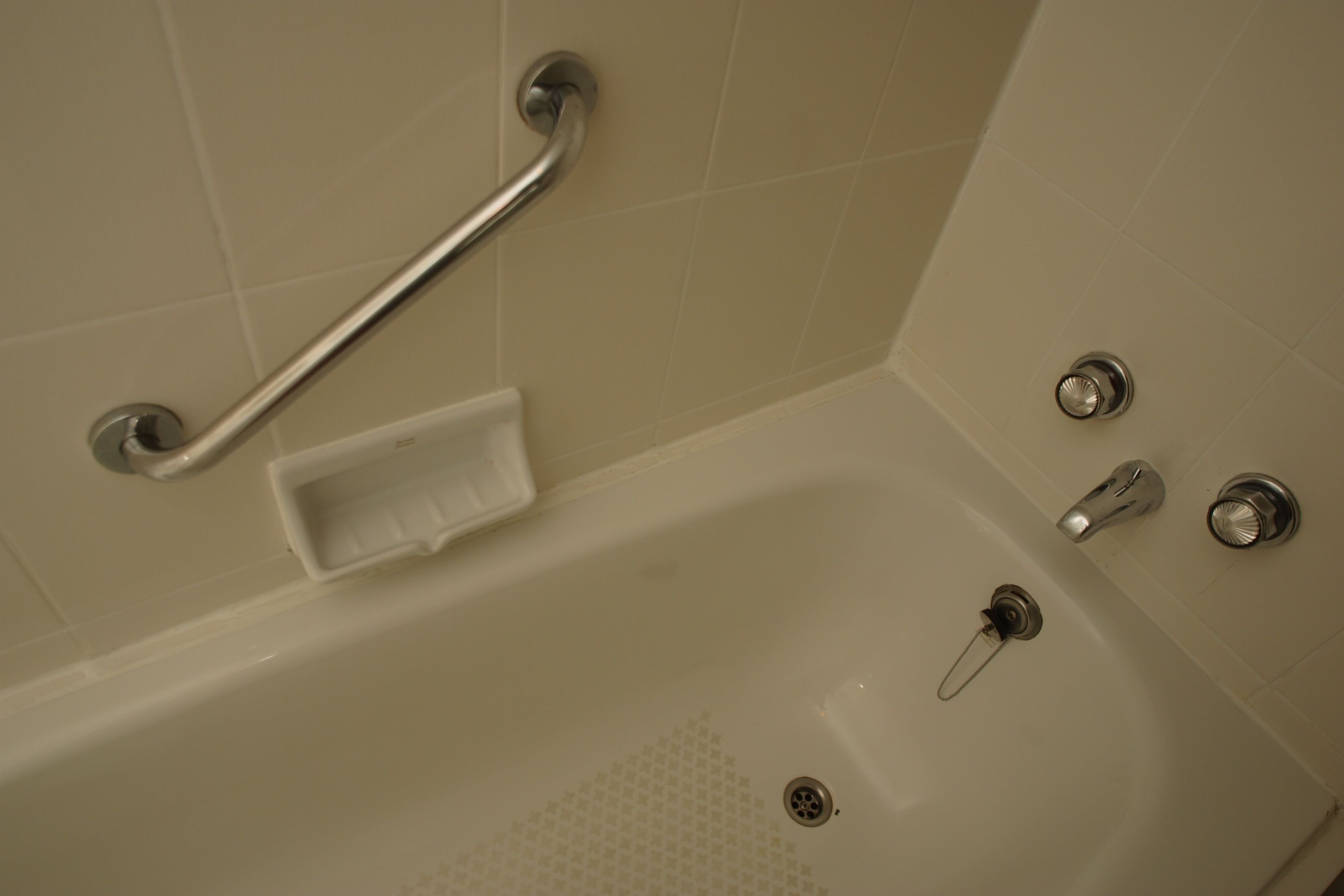

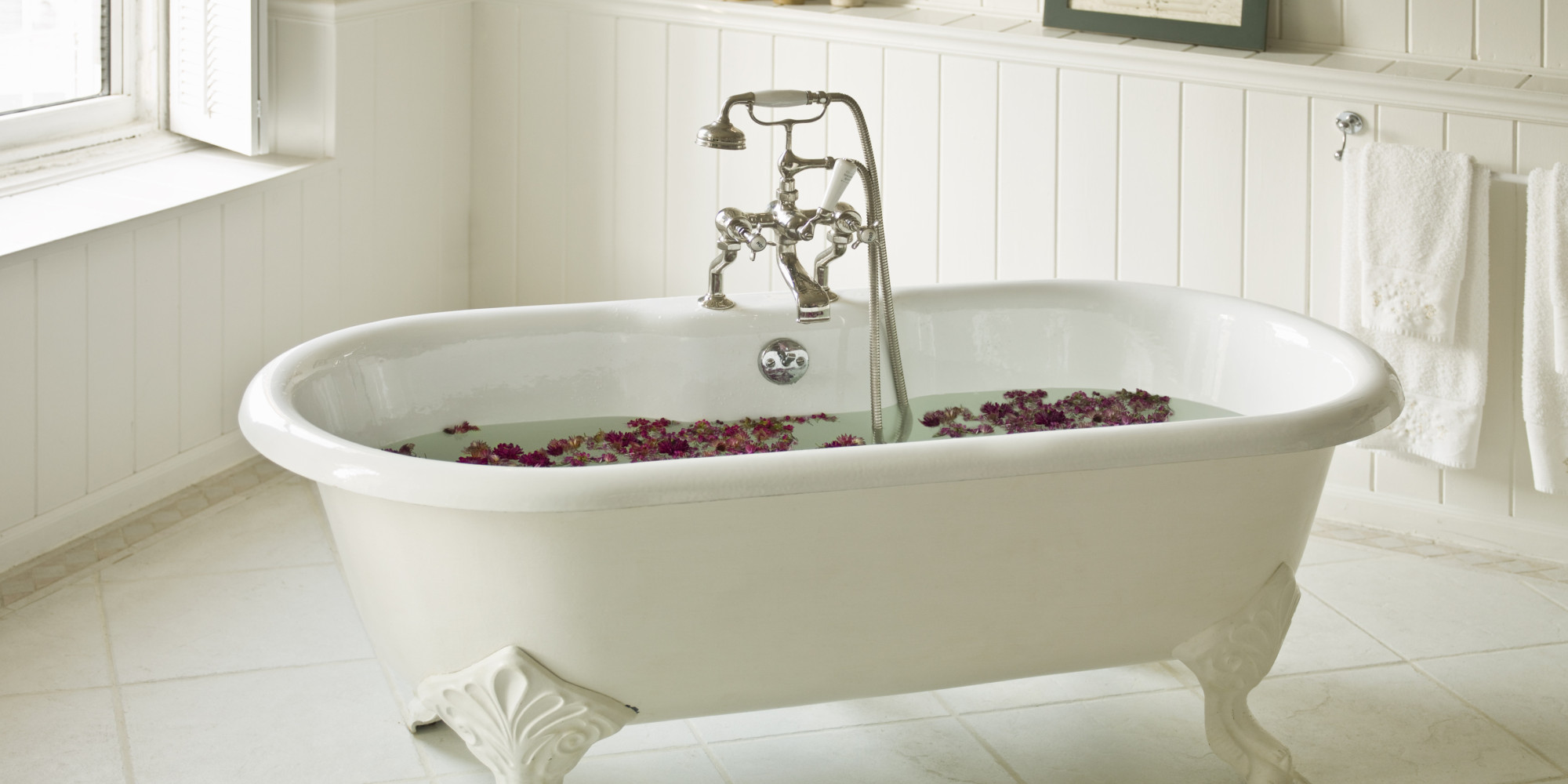
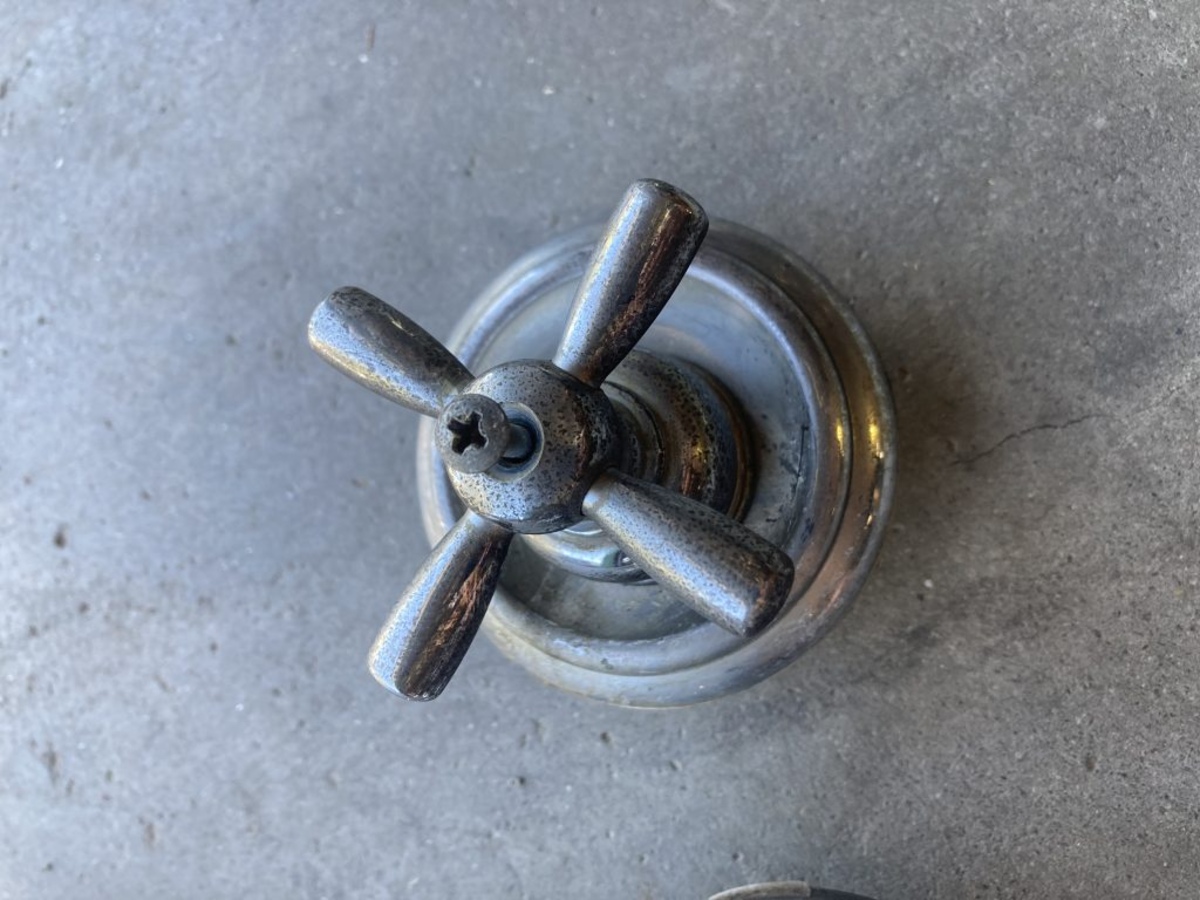
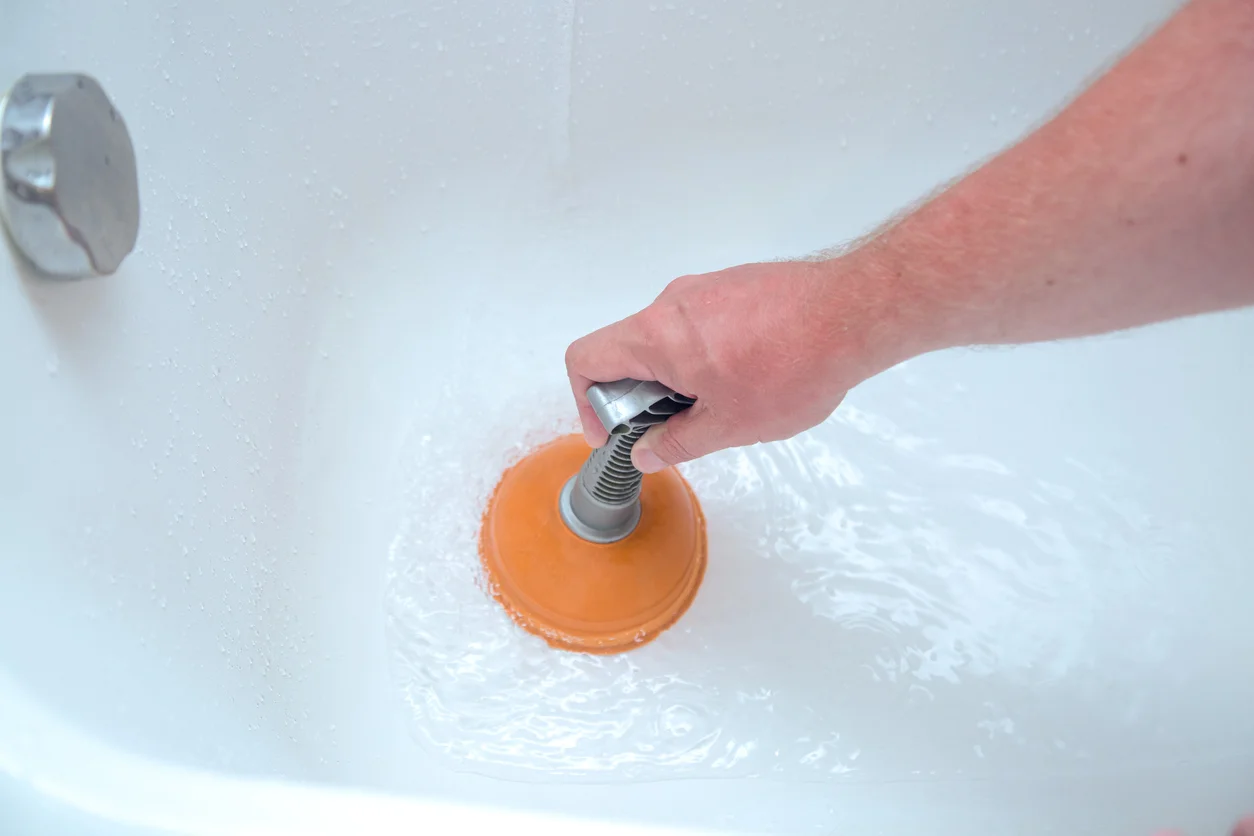
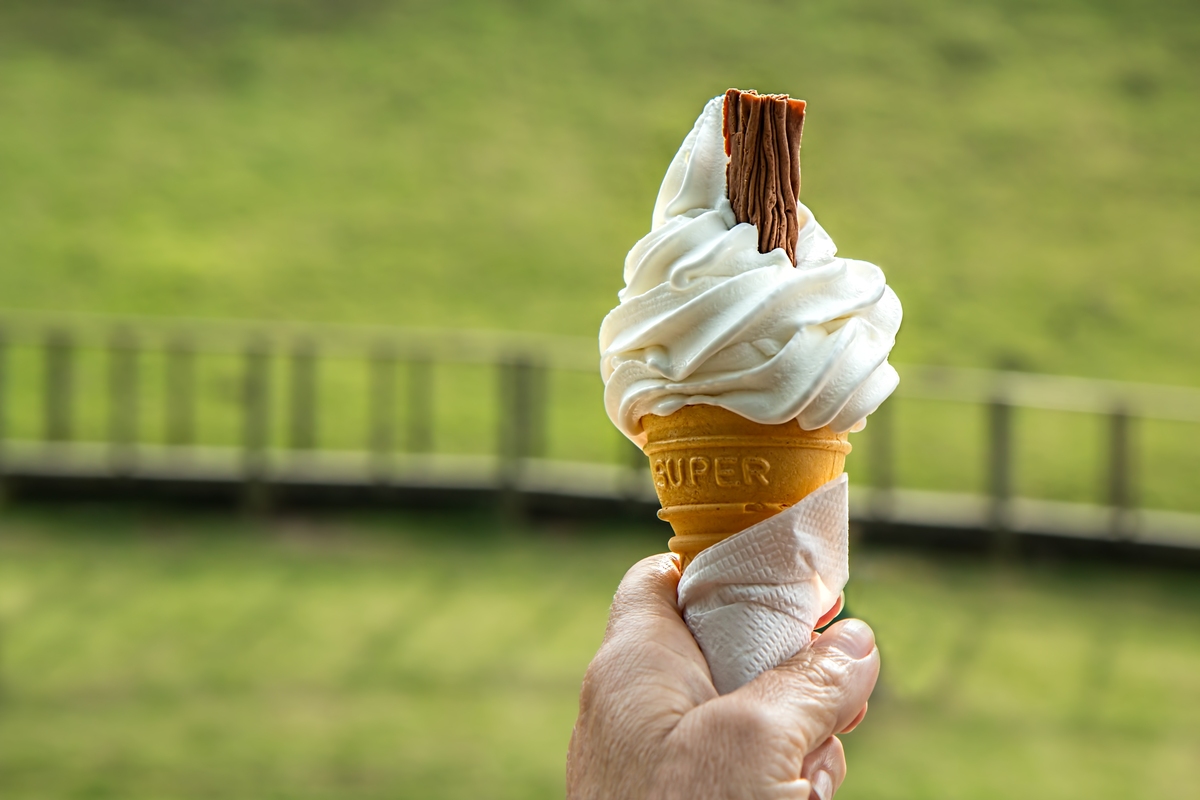
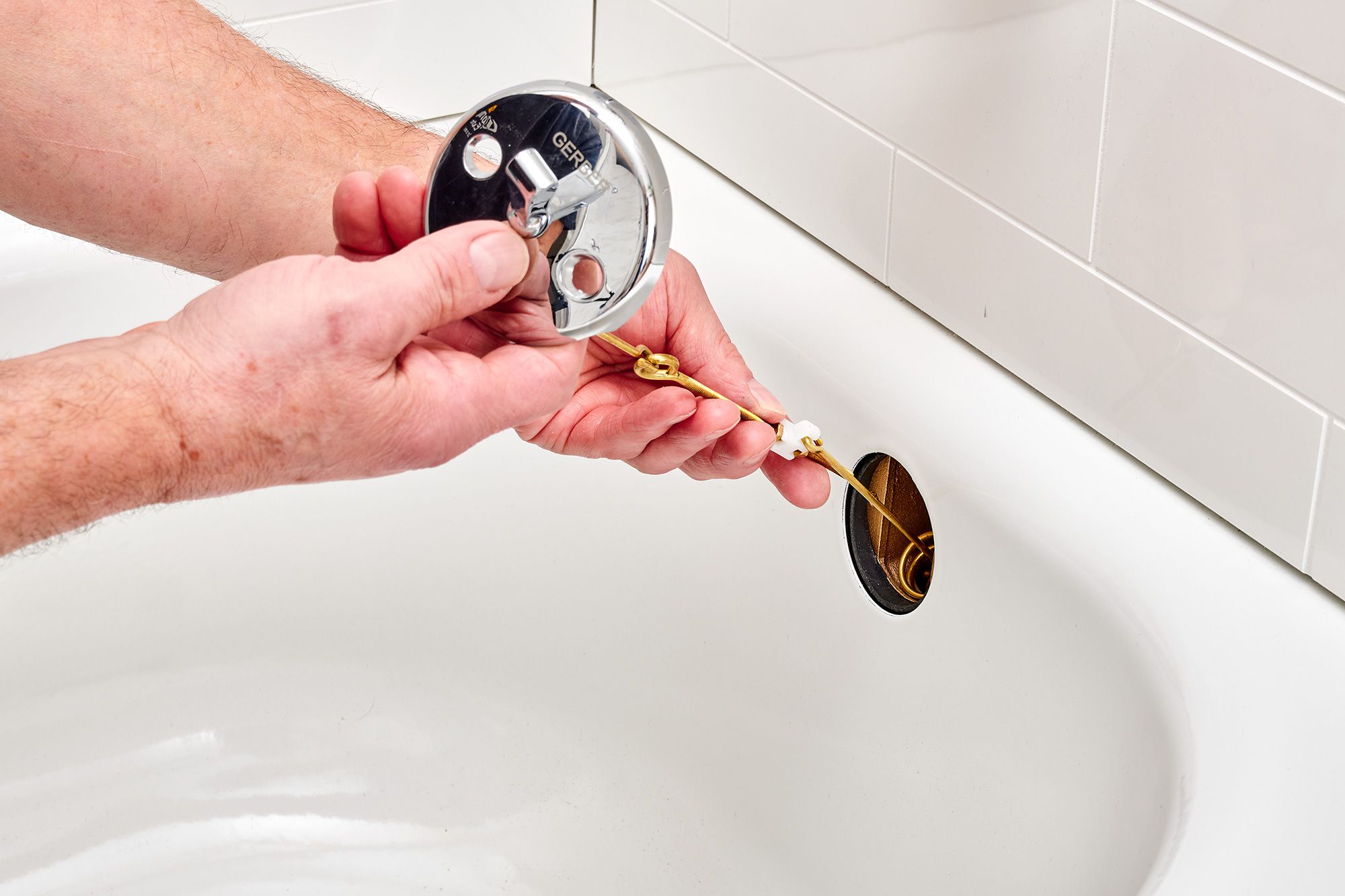
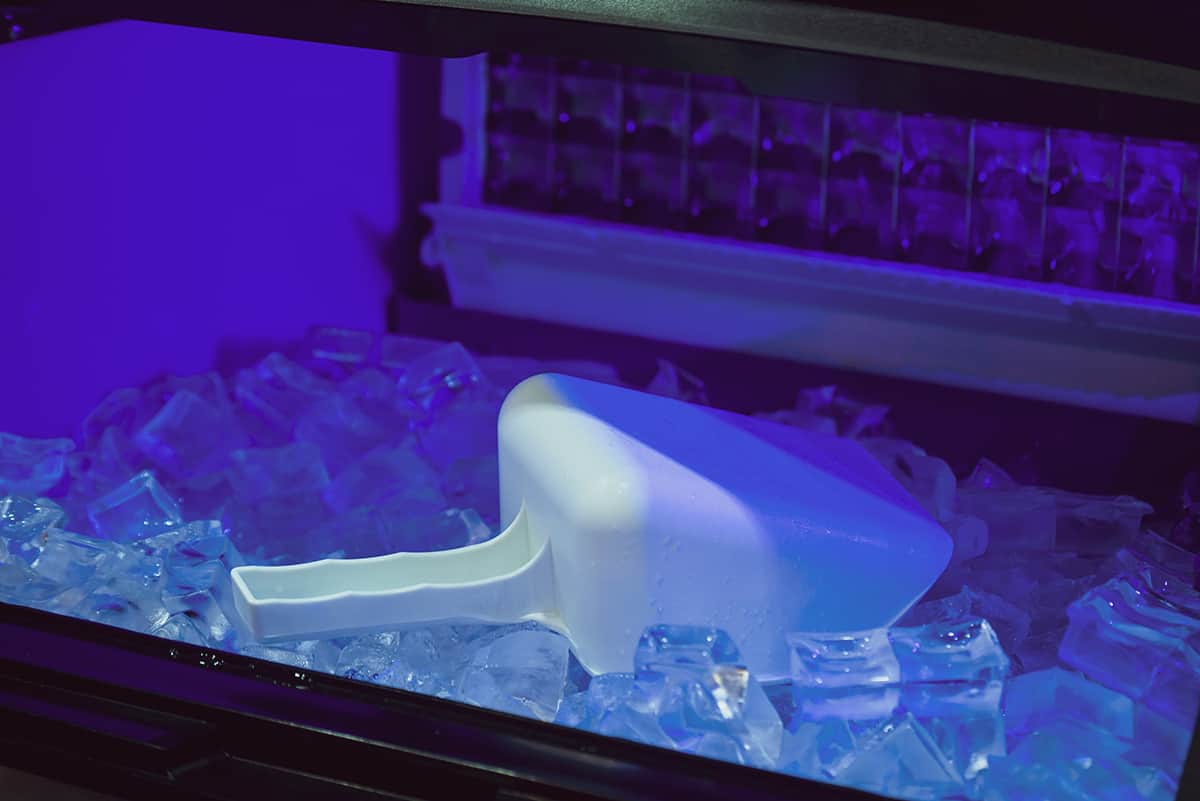
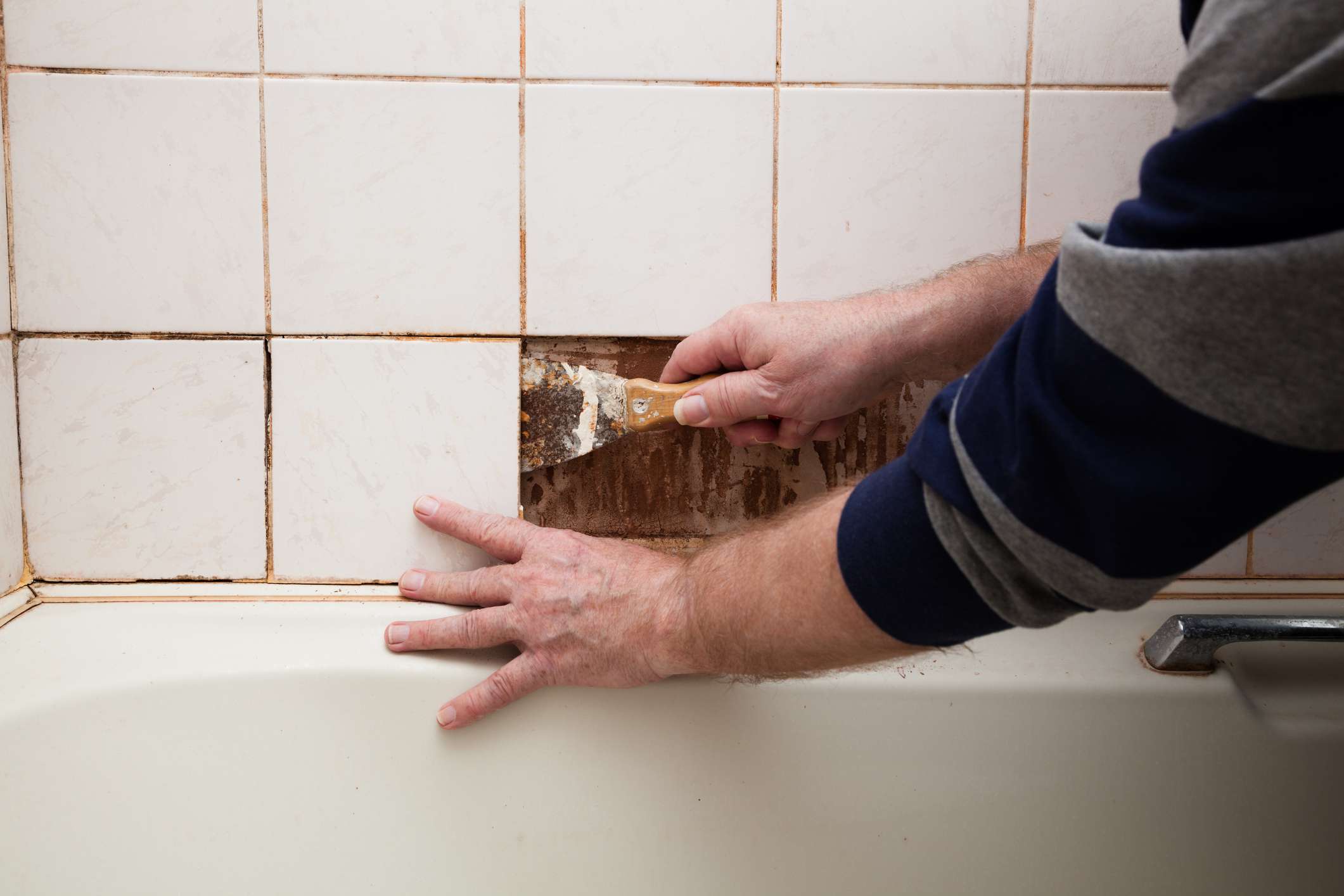
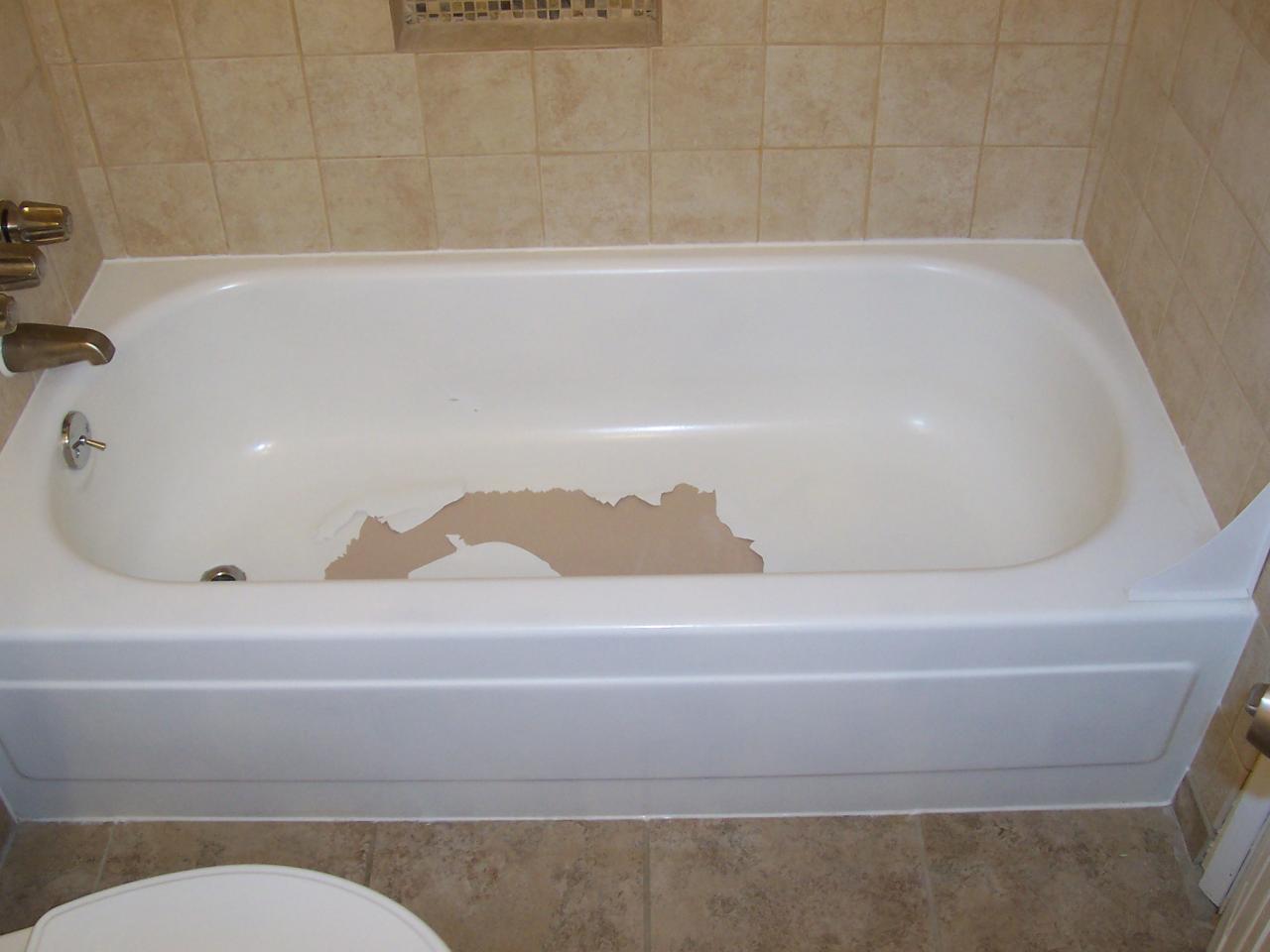

0 thoughts on “How To Take Ice Bath Without Bathtub”